The term gymnosperm means ‘naked seeds’ (Greek: gymnos – naked, sperma – seeds). Their seeds do not have any protective enclosure, and thus the name. This is because, in gymnosperms, the ovule is not enclosed by an ovary wall both before and after the fertilization. Therefore a seed that develops after post fertilization remains uncovered or naked. Most of the gymnosperms are trees and shrubs. The tallest tree in the world, the giant redwood tree Sequoia, is a gymnosperm.
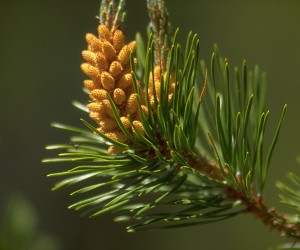
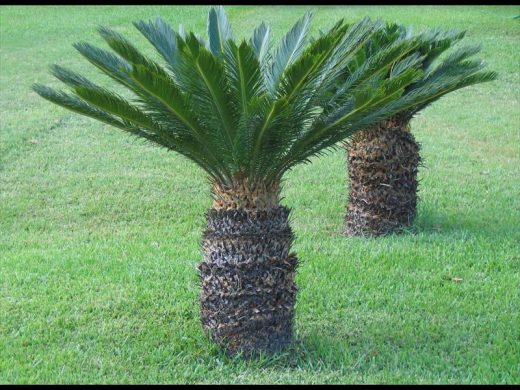
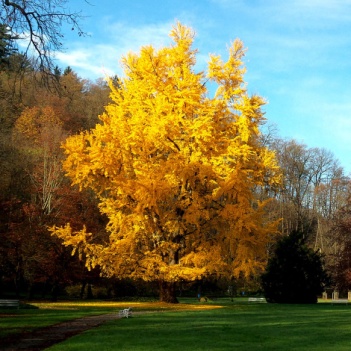
Conifer Cycas Ginkgo
Habitat
Gymnosperms are found throughout the world. They are found in high altitudes as well as in dry conditions. The species found at extreme conditions are usually adapted to conserve water. Leaves are covered with a thick waxy cuticle and stomata remains sunken to reduce the rate of respiration.
Morphology
Most of the gymnosperms are trees.
Root: They generally have tap root system. Some species have roots with fungal associations (mycorrhiza) as in Pinus. Some have roots associated with Nitrogen fixing cyanobacteria (as in Cycas). Such roots are called coralloid roots.
Stem: Stems may be branched (Pinus, Cedrus) or unbranched (Cycas).
Leaves: They have either simple or compound leaves. In Cycas, the pinnate leaves may remain for few years. The leaves are adapted to conserve water. They have thick cuticle and sunken stomata. Conifers have needle – like leaves to reduce the surface area for respiration.
Reproduction
The life cycle of gymnosperms takes nearly 2 years to complete. Sporophyte is the dominant generation in the life cycle. Gametophyte is dependent on the sporophyte.
Sporophyte:
Sporophyte is the dominant phase. It is heterosporous. Two kinds of haploid spores are produced: microspores and megaspores. Spores are formed within the sporangia found at the tip of sprophylls. The sporophylls are arranged spirally on an axis to form a cone or strobilus. Male and female cones may be present either on the same tree (Pinus) or on different trees (Cycas).
Gametophyte:
Male strobilus (micosporangiate) bears the microspophylls and the microsporangia. Microspores develop into a male gametophyte, which is highly reduced and confined to a very few cells. This reduced gametophyte is known as a pollen grain. Pollen grains develop within the microsporangia.

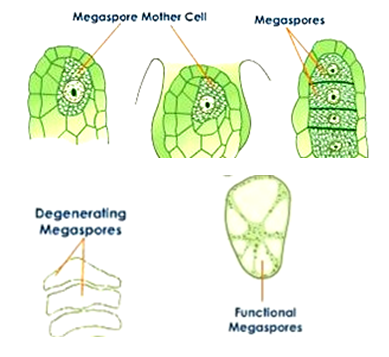
Female cone (macrosporangiate) consists of macrosporophylls and macrosporangiate. One of the cells of nucellus develops into a megaspore mother cell (MMC). The nucellus along with its protective envelopes is known as an ovule. It is borne on the megasporophyll. The MMC divides meiotically to form four megaspores. One of the megaspore develops into the female gametophyte, which bears two or more female sex organs (archegonia). The female gametophyte is also retained in the megasporangium.
Both the male and female gametophytes do not have an independent life. They depend on the sporophyte. Microsporangium releases the pollen grains, which is carried by wind to the openings of the ovules. The pollen tube grows towards archegonia in the ovule and releases the male gamete into it. The gametes fertilize to form a zygote. The zygote develops into an embryo, and the ovule becomes a seed.
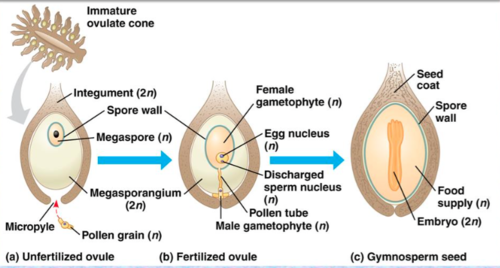
Economic importance
- Ornamental: Many gymnosperms are used as ornamental plants.
- Food: Some species are sources of food (eg. Pine nuts)
- Fuel: Woody gymnosperms are used as fuel.
- Timber: Gymnosperms are a major source of world’s timber.
- Commercial products: They provide paper pulp, turpentine, resins etc. for commercial purposes.